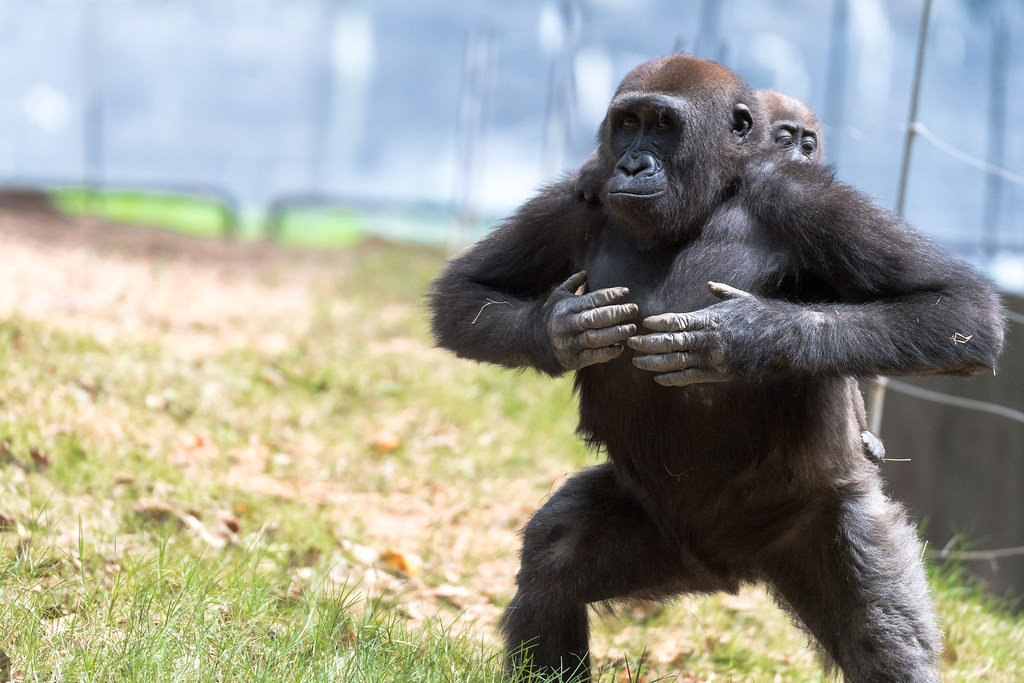In order to prevent fights, male gorillas would convey messages about their size to possible competitors by beating their chests. The mountain gorilla uses the pounding sound produced while beating its chest to communicate its size to other gorillas in the wild without having to actually see them. Unlike the croak of a frog or the roar of a lion, these chest beats may be easily heard and seen by onlookers.
Dominant male gorillas engage in this behavior in order to impress females and scare their competitors. However, scientists were curious as to whether or not the drumming, which can reverberate for up to two miles in the dense jungle, was also a means by which the drumming gorillas communicated information about their own bodies.
An Accurate Measurement of Gorilla Size
Between January 2014 and July 2016, a group monitoring the gorilla population in Rwanda’s Volcanoes National Park for the Dian Fossey Foundation sighted and documented 25 “silverback” (a sign of adulthood) gorillas.
Six of the males had their torso beats timed and analyzed for length, quantity, and frequency. There was a significant difference in the frequency of chest beats among gorillas of different sizes, as shown by the research published in the journal Scientific Reports.
The scientists speculate that the bigger air sacs surrounding the larynxes of larger male gorilla can cause them to produce lower-frequency noises. In mountain gorillas, the rate at which their chests beat is a good indicator of their size.
This knowledge might be used by partners or possible competitors to gauge each other’s size from a distance in the deep forest, where it is difficult for animals to see one another. It’s probably best for a male gorilla to observe a male competitor from afar if he wants to gauge the latter’s competitive potential.
Being in the Right Place at the Right Time
Scientists had to measure the size of wild gorillas without disturbing them too much by utilizing lasers and taking pictures to determine the distance between the monkeys’ shoulder blades in order to investigate a possible link between the size of gorillas and the resonance of their thoracic drums.
They had to remain patient in order to capture the small bursts of sound that the chest made once every five hours. The researcher explains, they had to be in the right place at the right time. The recorded sound, though, was remarkable. And as a human, you measure its power perfectly.
Sources:
- The shocking, real reason why gorillas pound their chests. (2021, April 8). New York Post.
- Study reveals hidden meaning of mountain gorillasʼ chest beats. (n.d.). Actualitat.


